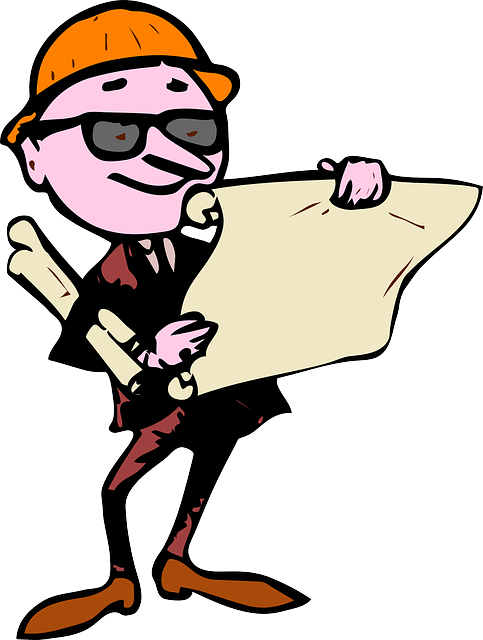1. Basic Electronic
2. Engineering Mechanics
3. Computer-Aided Civil Engineering Drawing
4. Surveying and Geomatics
5. Mathematics-III ( PDE, Probability and Statics )
6. Biology
7. Humanities-1 ( Effective Technical Communication )
8. Introduction to Civil Engineering
9. Internship

Civil
First Semester
Diodes and Applications covering
Diodes and Applications covering, Semiconductor Diode - Ideal versus Practical, Resistance Levels, Diode Equivalent Circuits, Load Line Analysis; Diode as a Switch, Diode as a Rectifier, Half Wave and Full Wave Rectifiers with and without Filters; Breakdown Mechanisms, Zener Diode – Operation and Applications; OptoElectronic Devices – LEDs,
Photo Diode and Applications; Silicon Controlled Rectifier (SCR) – Operation, Construction, Characteristics, Ratings, Applications;
Transistor Characteristics covering, Bipolar Junction Transistor (BJT) –
Construction, Operation, Amplifying Action, Common Base, Common Emitter and Common Collector Configurations, Operating Point, Voltage Divider Bias Configuration; Field Effect.
Transistor (FET) – Construction, Characteristics of Junction FET, Depletion and Enhancement type Metal Oxide Semiconductor (MOS) FETs, Introduction to CMOS circuits;
Transistor Amplifiers and Oscillators covering
Transistor Amplifiers and Oscillators covering, Classification, Small Signal Amplifiers – Basic Features, Common Emitter Amplifier, Coupling and Bypass Capacitors, Distortion, AC Equivalent Circuit; Feedback Amplifiers – Principle, Advantages of Negative Feedback, Topologies, Current Series and Voltage Series Feedback Amplifiers; Oscillators – Classification, RC Phase Shift, Wien Bridge, High Frequency LC and NonSinusoidal type Oscillators.
Operational Amplifiers and Applications covering
Operational Amplifiers and Applications covering, Introduction to Op-Amp, Differential Amplifier Configurations, CMRR, PSRR, Slew Rate; Block Diagram, Pin Configuration of 741 Op-Amp, Characteristics of Ideal OpAmp, Concept of Virtual Ground;
Module-1
Laboratory Sessions covering, Identification, Specifications, Testing of R, L, C Components (Colour Codes), Potentiometers, Switches (SPDT, DPDT and DIP), Bread.
Boards and Printed Circuit Boards (PCBs); Identification, Specifications, Testing of Active Devices – Diodes, BJTs, JFETs, MOSFETs, Power Transistors, SCRs and LEDs.
Module-2
Study and Operation of Digital Multi Meter, Function / Signal Generator, Regulated Power Supply (RPS), Cathode Ray Oscilloscopes; Amplitude, Phase and,
Frequency of Sinusoidal Signals using Lissajous Patterns on CRO; (CRO).
Module-3
Experimental Verification of PN Junction Diode Characteristics in A) Forward Bias B) Reverse Bias, Zener Diode Characteristics and Zener Diode as Voltage Regulator,
Input and Output Characteristics of BJT in Common Emitter (CE) Configuration, Drain and Transfer Characteristics of JFET in Common Source (CS) Configuration.
Module-4
Study of Half Wave and Full Wave Rectification, Regulation with Filters, Gain and Bandwidth of BJT Common Emitter (CE) Amplifier, Gain and Bandwidth of JFET Common Source (CS) Amplifier, Gain and Bandwidth of BJT Current Series and Voltage Series Feedback Amplifiers, Oscillation Frequency of BJT based RC Phase Shift, Hartley and Colpitts Oscillators.
Module-5
Op-Amp Applications – Adder, Subtractor, Voltage Follower and Comparator; Op-Amp Applications – Differentiator and Integrator, Square Wave and Triangular Wave Generation, Applications of 555 Timer – Astable and Monostable Multivibrators;Module-6: Truth Tables and Functionality of Logic Gates – NOT, OR, AND, NOR, NAND, XO.